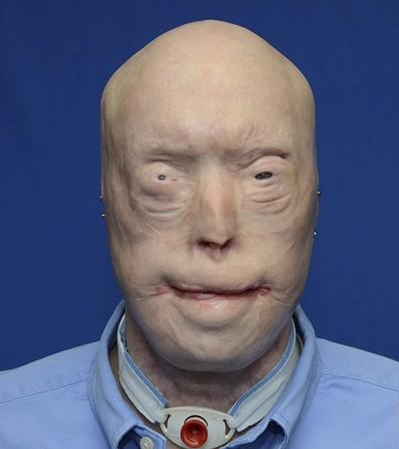
Face transplant
Patrick Hardison, un rescatista de Mississippi de 41 años quedó totalmente desfigurado en un incendio. Pero acaba de hacerse un transplante completo de cara, uno de los más difíciles en la historia de la cirugía. Vean el video de cómo quedó aquí.
Pero les advierto, ver (y oir) su nueva cara hablando es igual de impresionante o más que ver la cara quemada que tenía antes. Es como si se hubiera puesto una máscara de otra persona.
No jueguen con fuego amigos…
A volunteer firefighter from Mississippi whose face was burned off during a home fire rescue received the world’s most extensive face transplant, New York University Langone Medical Center said on Monday.
After a 26-hour surgery performed at the New York hospital in August, 41-year-old Patrick Hardison is living with the face of 26-year-old David Rodebaugh, a BMX extreme bicycling enthusiast from Brooklyn who was pronounced brain dead after a cycling accident.
He received a full scalp and face, including ears, nose, lips and upper and lower eyelids.
Now, for the first time since that raging fire in Senatobia, Mississippi in 2001, Hardison can blink and even sleep with his eyes closed – key steps to sparing his blue eyes from blindness that previously seemed all but inevitable, said Dr. Eduardo Rodriguez, the plastic surgeon who led the 150-person medical team that performed the procedure.
Simultaneous surgeries took place, Rodriguez said, with Hardison on one operating table while Rodebaugh was on the other. The NYU medical team had practiced for a full year to get it right…



